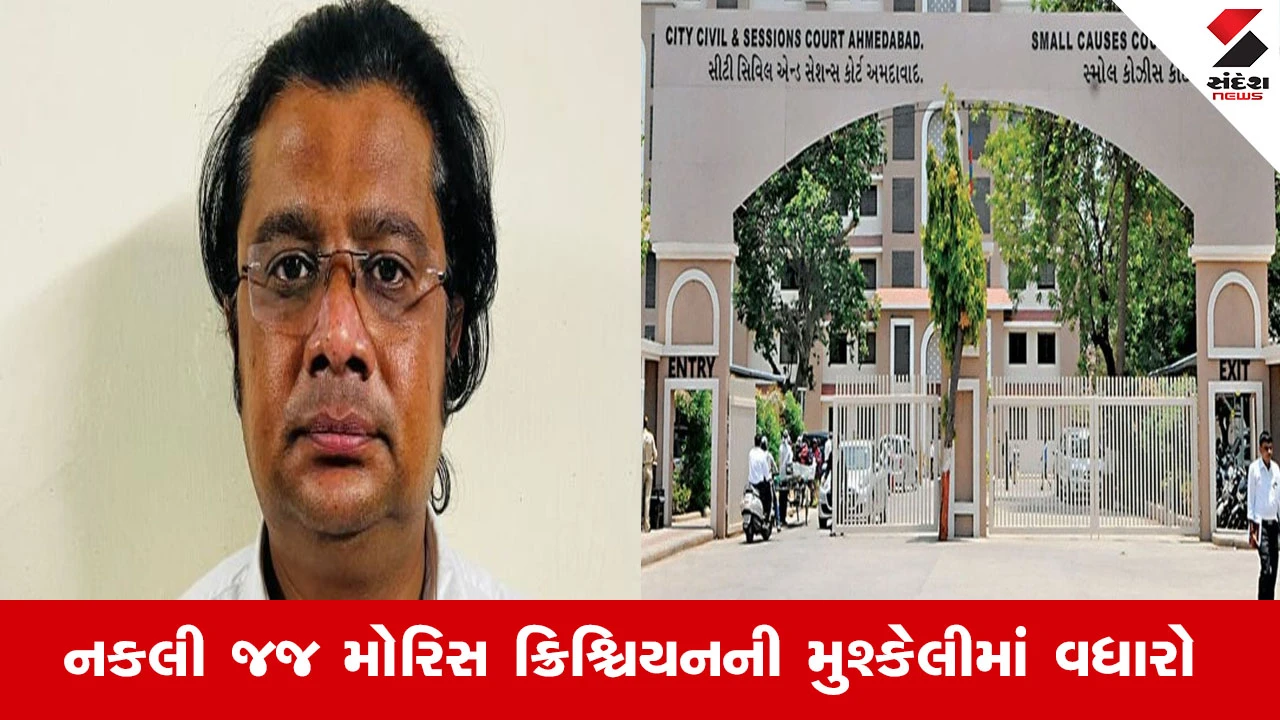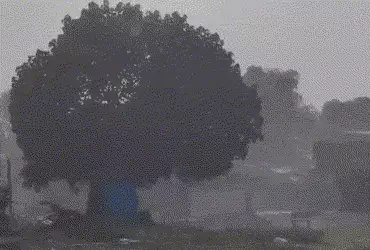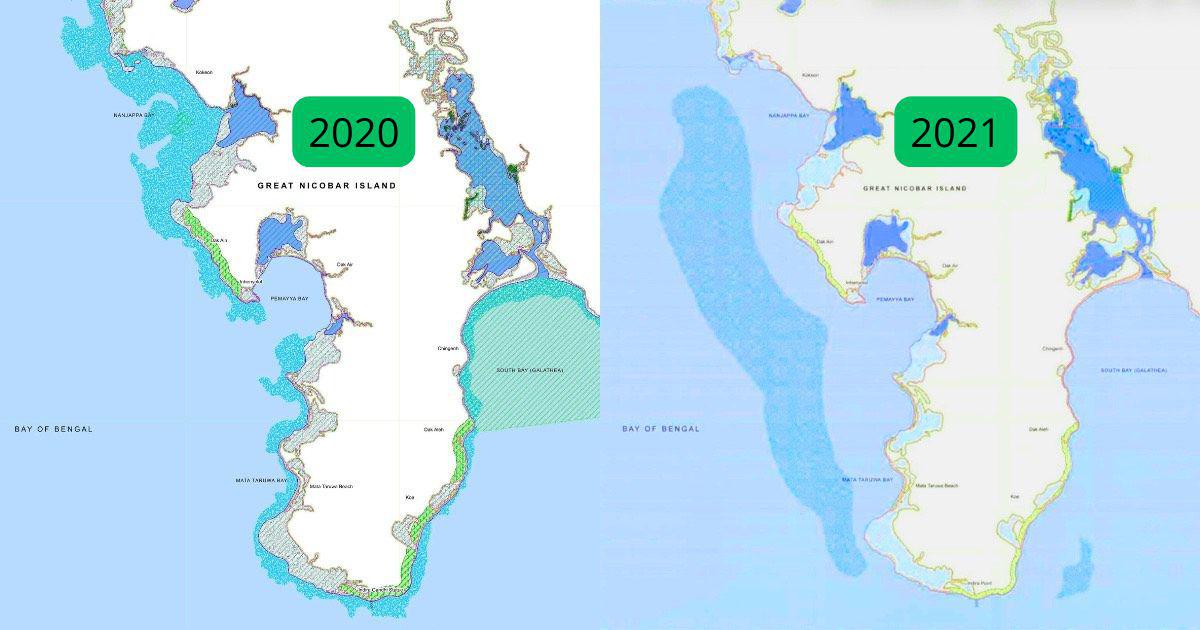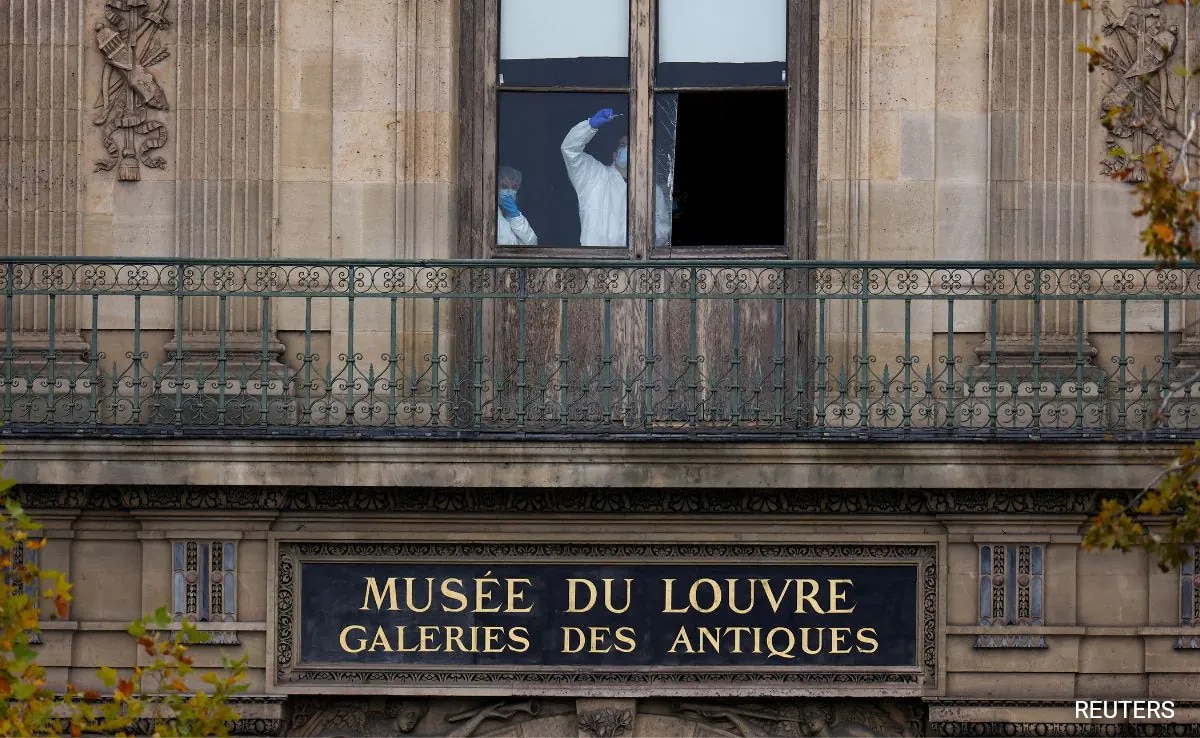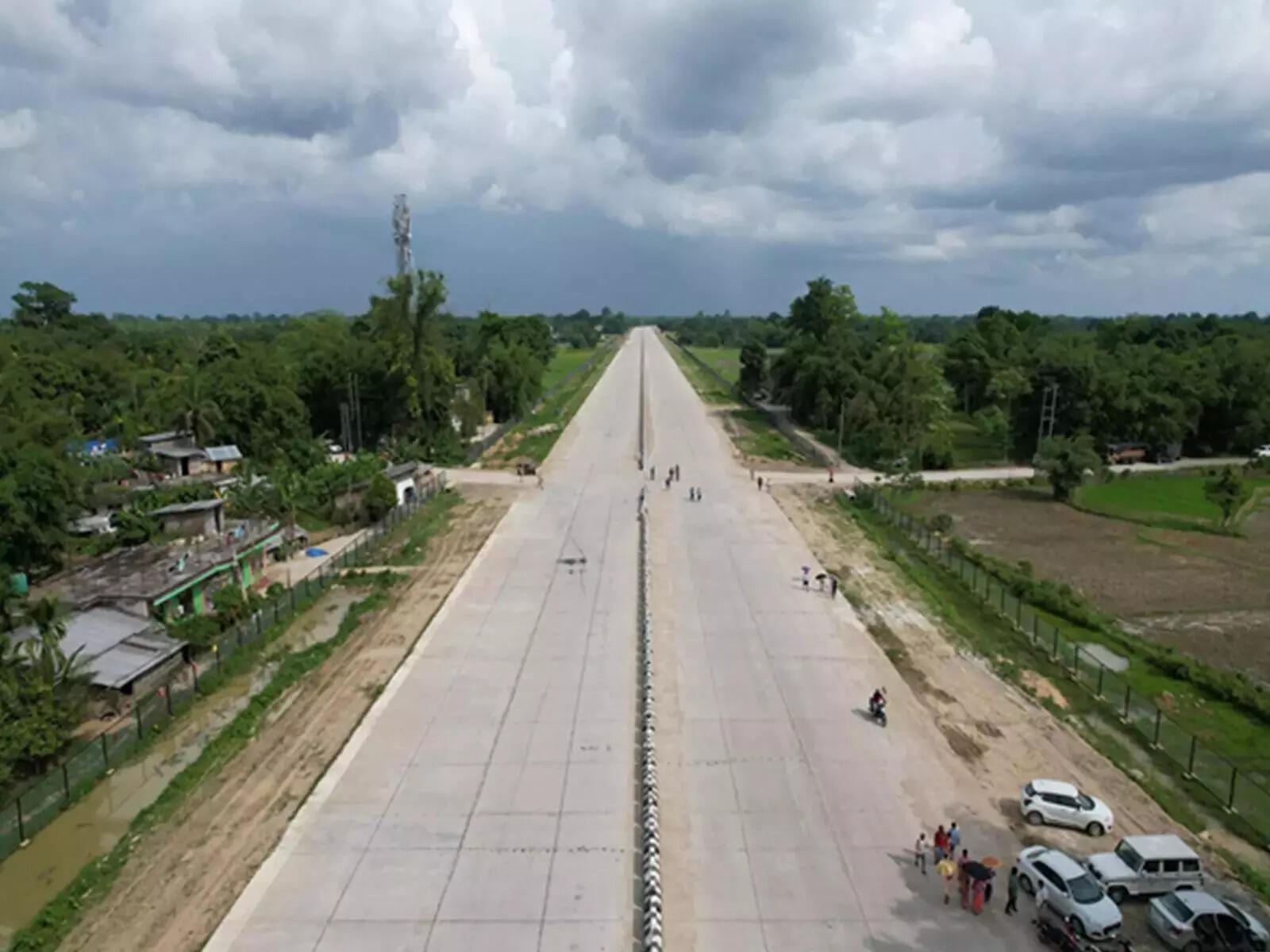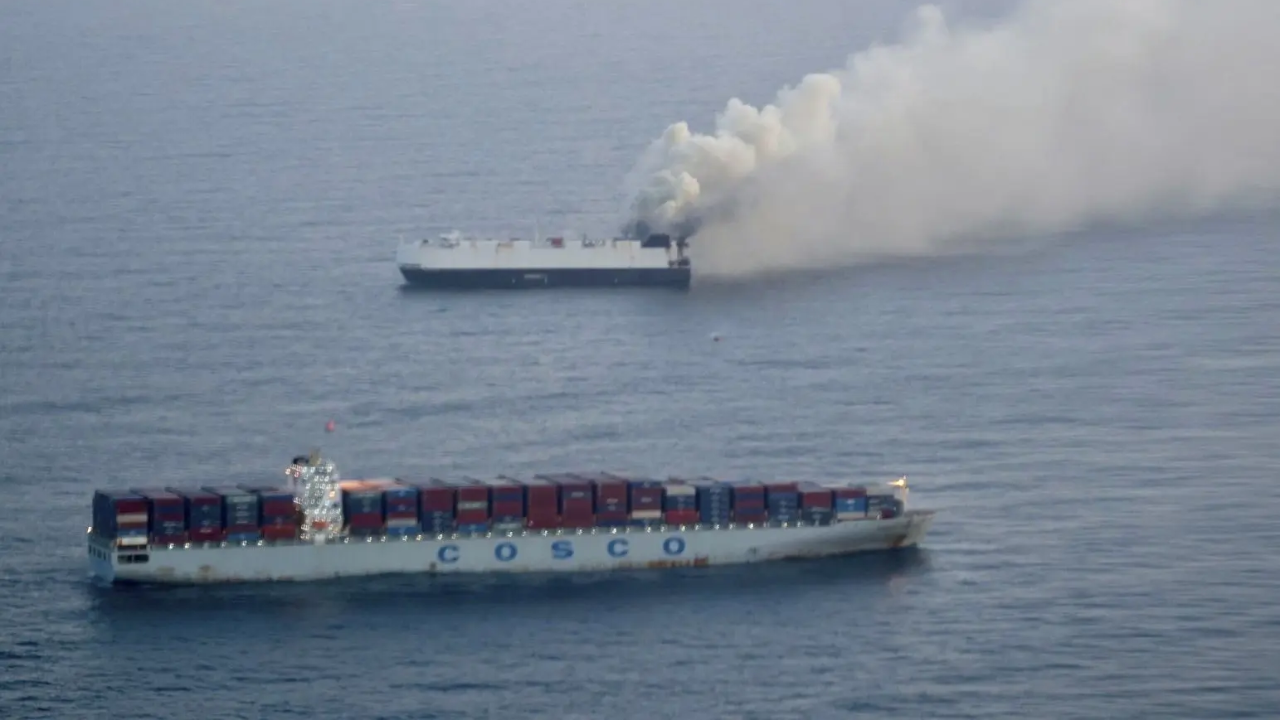Toxicology levels at Mumbai’s Deonar dumping ground four times permissible limit: Report

Join our WhatsApp Community to receive travel deals, free stays, and special offers!
- Join Now -
Join our WhatsApp Community to receive travel deals, free stays, and special offers!
- Join Now -

The levels of toxicology indicators at the Deonar dumping ground in Mumbai are up to four times the permissible limits prescribed by the Central Pollution Control Board, a study commissioned by the Brihanmumbai Municipal Corporation has shown, The Indian Express reported on Sunday.
The study comes against the backdrop of plans to relocate residents of Dharavi, who will be displaced due to the slum redevelopment project, to the dumping ground site after clearing it.
The 326-acre landfill in the city’s eastern suburbs is India’s largest and oldest dumping ground, with the garbage mounting up to 35 to 40 metres, as high as a 12-storey building. It holds nearly 1.85 crore metric tonnes of legacy, or aged and accumulated, waste.
Several reports have pointed out that settlements around the dumping ground are exposed to mercury and toxic gases.
The waste characterisation study commissioned by the municipal corporation analysed the levels of Biochemical Oxygen Demand, Chemical Oxygen Demand and Total Dissolved Solids in the waste and leachate, or liquid leaching out of the waste piles, at Deonar, The Indian Express reported.
Biochemical Oxygen Demand is the amount of oxygen that microorganisms require to decompose the organic matter under aerobic conditions, while Chemical Oxygen Demand is the total amount of oxygen required to break down the organic matter by chemical oxidation.
The Total Dissolved Solids refers to...
Read more
What's Your Reaction?
 Like
0
Like
0
 Dislike
0
Dislike
0
 Love
0
Love
0
 Funny
0
Funny
0
 Angry
0
Angry
0
 Sad
0
Sad
0
 Wow
0
Wow
0





